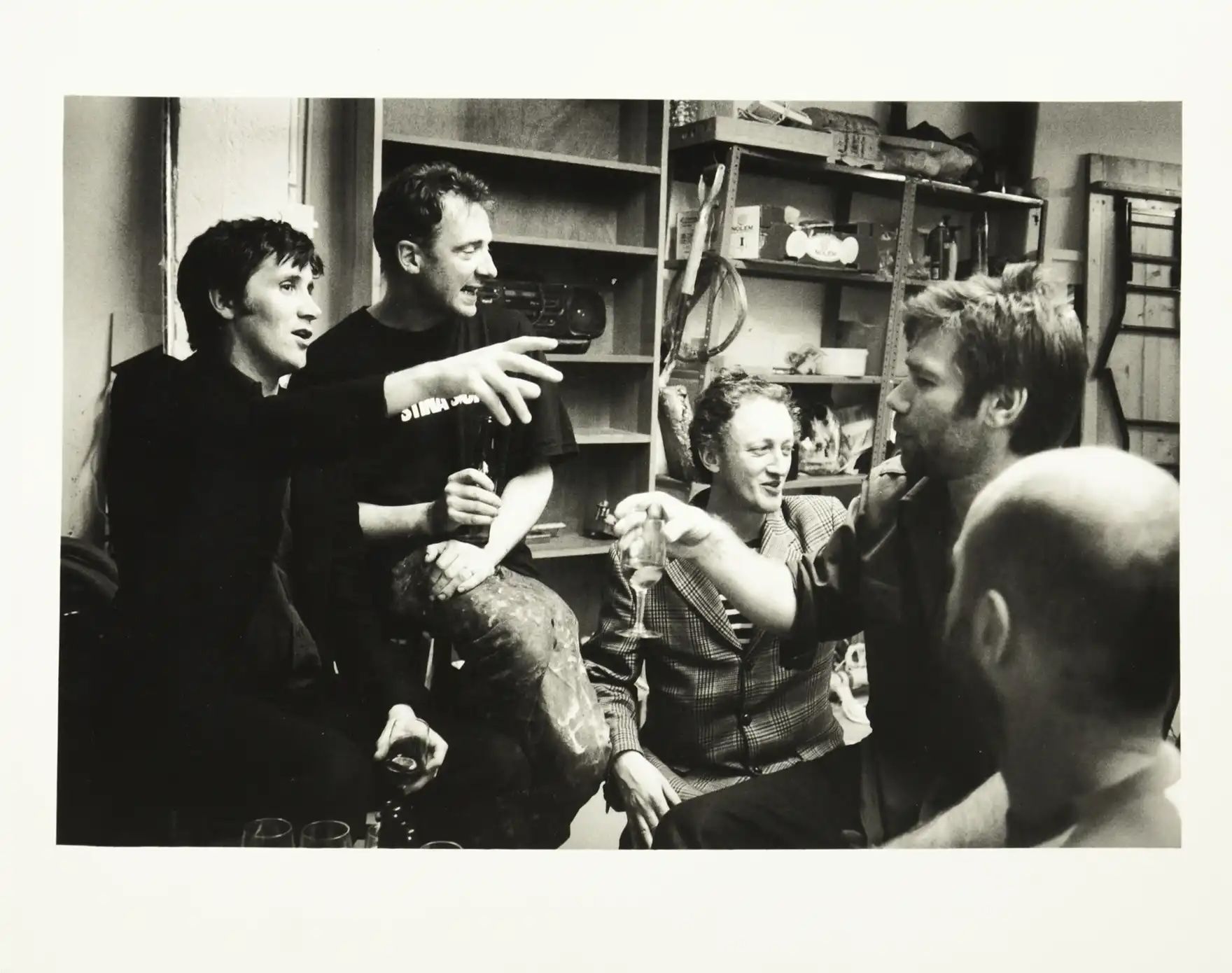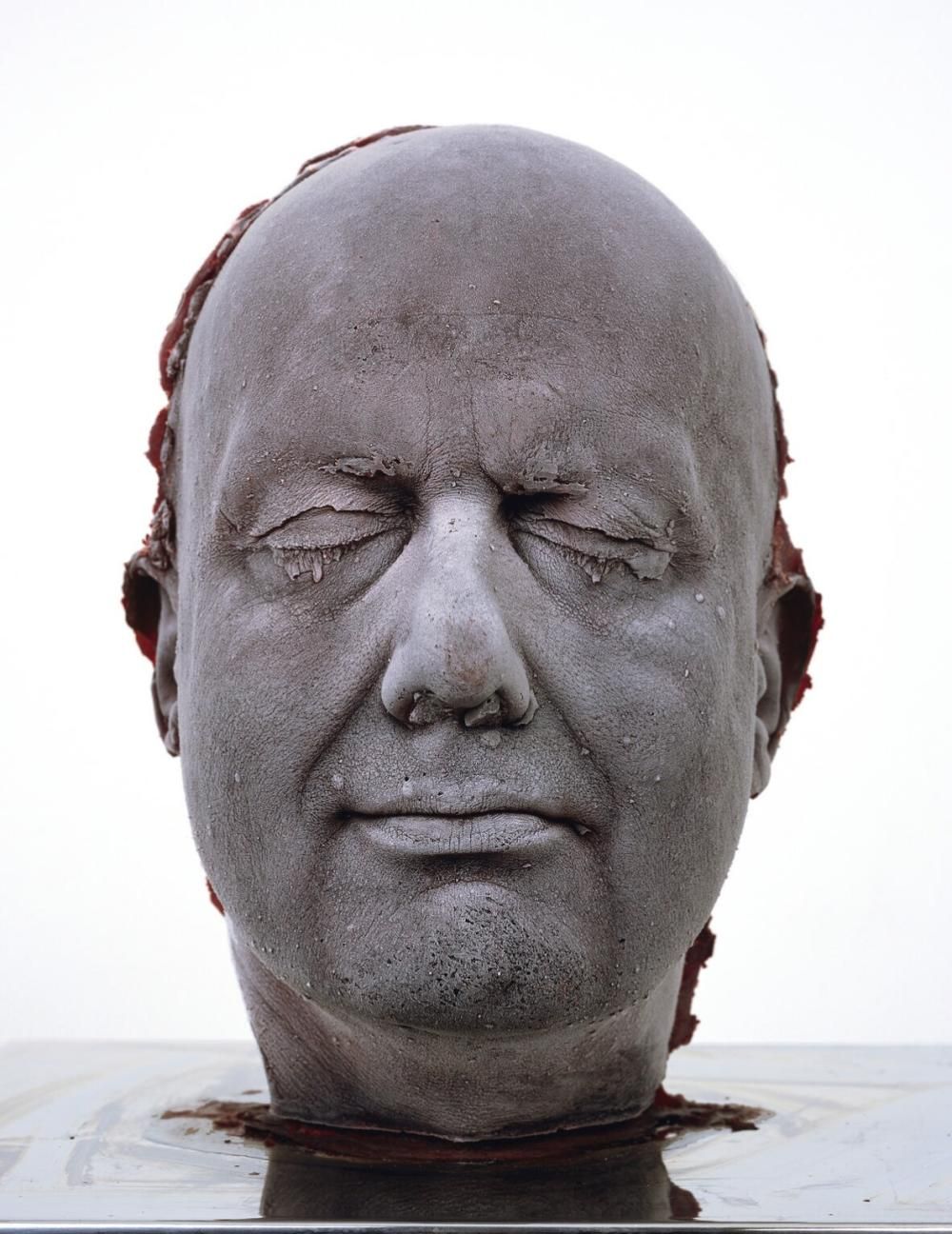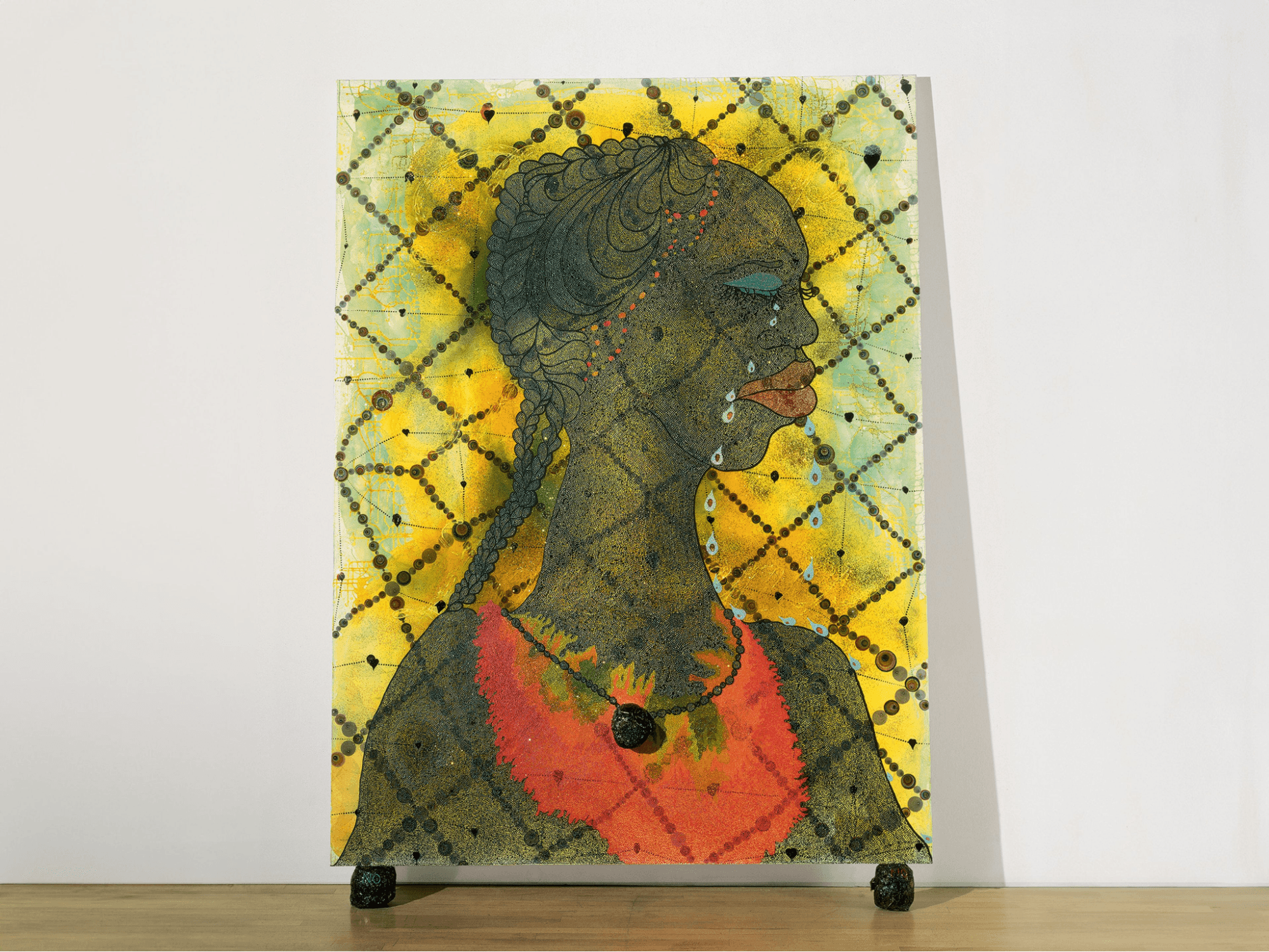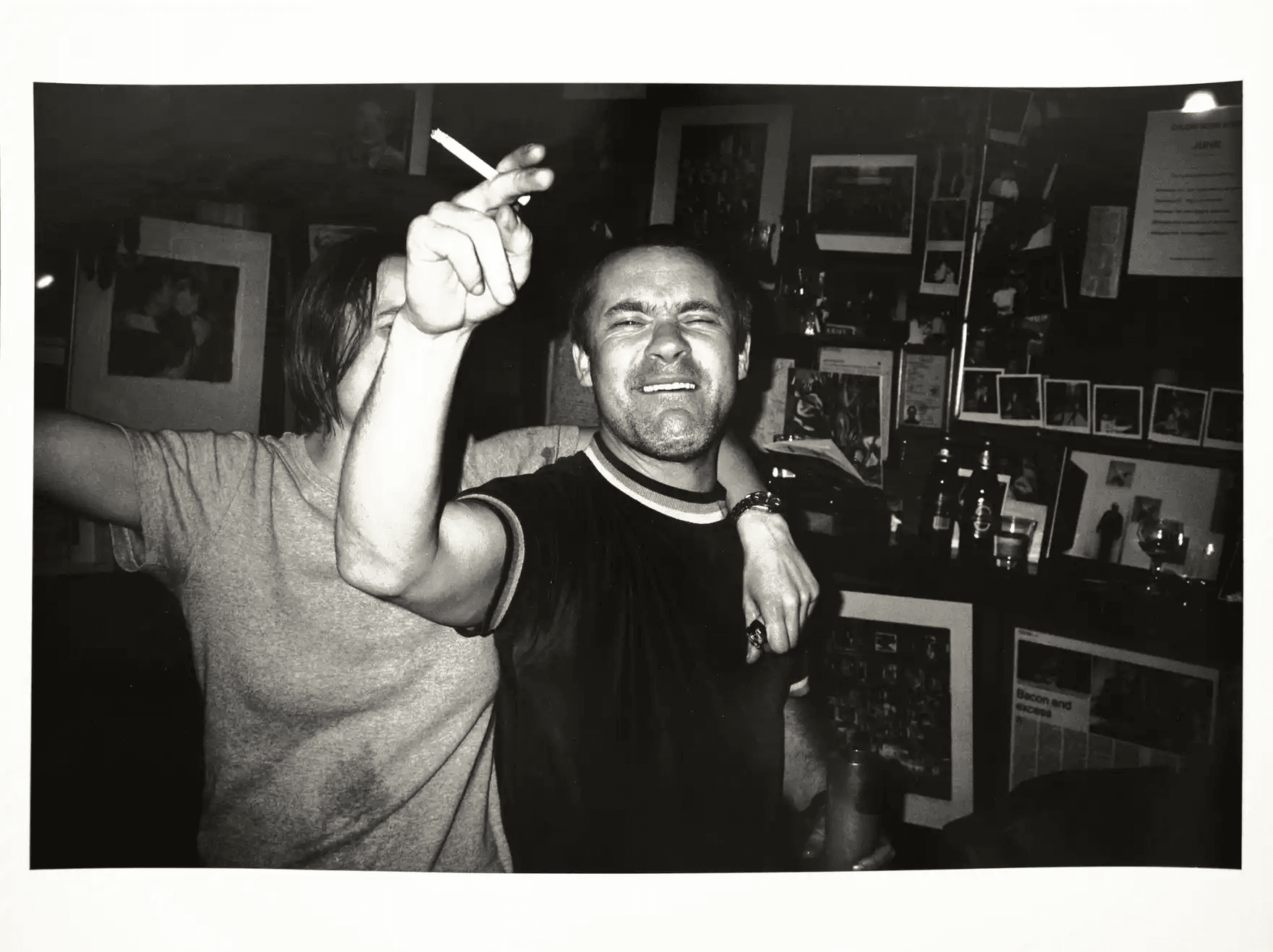
The Young British Artists: Redefining Contemporary Art with Shock, Substance, and Strategy

The Rise of the YBAs
Origins and Cultural Context
The Young British Artists (YBAs) were formed in the late 1980s and 1990s, when a community of graduates from Goldsmiths College created a space for art-making distinct from the conventions of traditional practice.
The Freeze Exhibition
The epitomical event was reached in 1988 at the student-curated exhibition Freeze, initiated by Damien Hirst at a disused London Docklands warehouse. Freeze introduced the British public to a new generation of artists, including Tracey Emin, who would establish a firm grasp within the international art world.
Political and Economic Climate of 1990s Britain
The rise of the YBAs took off during a period of rapid economic and cultural change in the UK. Our understanding of non-traditional art, facilitated by Margaret Thatcher's neoliberal turn, the rise of individualism, and pervasive mass media, created an environment conducive to producing artistic and self-aware practices that challenged traditional art production. The YBAs created a fusion of conceptual robustness, shock art, and pop culture savvy.
 Angus Fairhurst, Gary Hume, Michael Landy, Mat Collishaw and Marc Quinn | © Johnnie Shand Kydd
Angus Fairhurst, Gary Hume, Michael Landy, Mat Collishaw and Marc Quinn | © Johnnie Shand KyddThe Aesthetic and Conceptual Strategies of YBA Art
“Shock” as an Artistic Strategy
One thing is clear in YBA work: they embrace shock unapologetically. Artists like Damien Hirst and Tracey Emin's deeply personal or grotesque subject matter became building blocks for exciting visual gestures. Hirst's 1991 work first showed The Physical Impossibility of Death in the Mind of Someone Living, and when presented with the preserved shark in formaldehyde, audiences confronted mortality head-on.
Prioritising Concept Over Craft
Emin's My Bed (1998), an installation of her literal unmade bed and personal effects, challenged the divisions between confessional art and conceptual art. The YBAs were not interested in the aesthetic beauty of objects but rather the ideas and emotions that their work would produce. Their work emphasised content over craft, ideas over techniques, and, of course, conceptual rigour. The media hype that often followed their exhibitions was also a clear intention and embraced the spectacle, converting controversy into currency.
 Tracey Emin, My Bed, 1998
Tracey Emin, My Bed, 1998Themes and Motifs: Mortality, Identity and Consumerism
Across their varied practices, the YBAs often explored a few common themes.
Mortality and the Body
Hirst's formaldehyde animals, Marc Quinn's Self (a bust made from his frozen blood) confronted the viewer's inevitable mortality.
Identity, Vulnerability, and Intimacy
Emin's autobiographical works, including Everyone I Have Ever Slept With, dealt with the issues of vulnerability, trauma and human connection.
Consumerism and Gender Commentary
Many YBAs used ordinary or mass-produced objects, and Sarah Lucas directed food and furniture in such a way that critiqued gender roles and media stereotypes around women.
The themes above reflect back to a 1990s public reeling from post-industrial change, increasing individualism and notions of authenticity in a rapidly commercialising society.
 Marc Quinn, Self, 2006
Marc Quinn, Self, 2006Key Figures and Works: A New Artistic Vanguard
Some artists functioned as the founding voices of the movement.
Damien Hirst: Spectacle and Mortality
He is known for more than just the shark; The Spot Paintings and his works made by diamond-encrusted skulls (For the Love of God, 2007), remain representative examples of conceptual audacity and the spectacle of the art market.
Tracey Emin: Emotional Truths and Autobiography
She is recognised in the raw and diary-like constructions that assert themselves as potentially any sort of art—a strange paradox. Emin's work possessed empathetic gestures in sharing emotional truths.
Sarah Lucas: Satire, Gender, and Materiality
With irreverent humour and cheeky and unconventional materials, Lucas's work parodies the cluster of femininity, sexuality, and objectification.
Marc Quinn: Science and the Body
His work includes elements of science and signals that explore objects of bodily identity and bodily existence.
Chris Ofili: Memory, Race, and Iconography
He stitches together cultural symbolism, religious iconography, and political themes. For example, No Woman No Cry, was instrumental in bringing race and memory into the conversation around the YBAs.
 Chris Ofili, No Woman No Cry, 1998
Chris Ofili, No Woman No Cry, 1998Disruption of Traditional Market and Media Attention
Charles Saatchi and the Sensation Exhibition
The YBAs weren't just artists; they were astute entrepreneurs. The YBAs were credited with much of the distinction between them and other artists, largely due to the art dealer Charles Saatchi, who collected their work uncontrollably and promoted their work as a collective, effectively silencing critics. Saatchi's 1997 exhibition at the Royal Academy, entitled Sensation, solidified the acquisition of the British art exhibition. While some critics were aghast at the object's legitimacy, he assured them that he would encourage its market value by exhibiting the artists to the wider world.
Media Hype and Market Visibility
Along the way, the YBAs relied on public disruption of established market values and benefited from the exposure and social leverage of free media attention. The YBAs leveraged the media's contradiction, utilising exposed objects and their substance, to maximise their media visibility, thereby enhancing their overall impact within the art market. They seem to have dismantled boundaries of art and spectacle; art became a part of the idea of art, and conceptual art became a part of the everyday.
 Charles Saatchi and Damien Hirst at the Sensation show, 1997
Charles Saatchi and Damien Hirst at the Sensation show, 1997Critique and Controversy: Fame vs Substance
Accusations of Gimmickry and Market-Driven Art
The YBA would be amassed in relation to an anti-colonial agenda if you were to believe in the success of contemporary artists renewing the viability of British art, furthering a new interest in the potential British art market. However, while critics and supporters were asked to locate the broom, producers, supporters, and naysayers critiqued that the YBA worked on gimmickry or sensationalism instead of substance. Other people were interested in the degree to which their market success indicated a dilution of their radicalism, given how they had ascended to iconoclasts of the same consumer culture, they focused on critique.
Defenders’ View: A New Relationship Between Art and Audience
Nevertheless, defenders of the YBAs would counter that their work represented a new relationship between art, audience, and the commodification of art. They incorporated concomitant anxieties of the US and UK art, with honesty and often humour. Whatever your opinions of the YBA were, the commonality was that they shifted the public consciousness of what art could transform.
 Sarah Lucas and Damien Hirst at the Colony Room Club | © Johnnie Shand Kydd
Sarah Lucas and Damien Hirst at the Colony Room Club | © Johnnie Shand KyddEnduring Influence and Legacy
Continuing Institutional and Market Presence
While it could be argued that the YBA movement peaked with the Freeze exhibition in 1988, many of the artists are now in a different phase in their careers, such as Joan Jonas and David Hockney, in that they are still of high market interest, and routinely exhibit at great institutions. The grandchildren and great-grandchildren of these artists practice their strategies and themes, and the YBA legacy will be supported in art schools and symposia around the world.
Redefining the Language of Contemporary Art
Beyond just the fact that the YBAs reimagined the vocabulary of contemporary art using materials, forms and engagement as a means of expression in their work. Also centring ideas and cultural critique rather than concentrating on aesthetics, and for contemporary practice, ways of signifying relevance.
Conclusion: A Generation Who Altered Contemporary Art
Changing the Conversation Around Art
More than seeking controversy for controversy's sake, the Young British Artists were significant, integral figures in paving the way for the companionship of conceptual and installation art, which was rooted in the real-world issues, big and small. They are known for both convenient manipulation of media attention, market forces as a commodity, and normalised bravado; they did not just create art, they transformed the discussion around what art can do.
Communicating through renewed, messy and socially purposeful themes of death, identity and consumption, the YBAs are a significant milestone of contemporary art history; abject, complicated, and shamelessly powerful.
